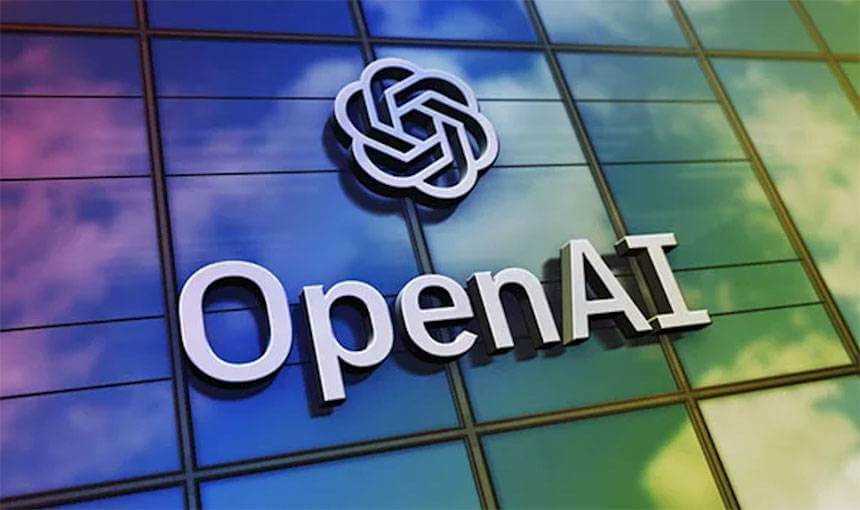OpenAI and Anthropic, two leading artificial intelligence developers, are reportedly seeking substantial investment capital to navigate a growing wave of legal battles, primarily centered around copyright infringement claims. As these companies push the boundaries of AI technology, they face increasing scrutiny over the use of copyrighted materials in training their large language models (LLMs). This has led to costly lawsuits and the need for robust financial strategies to mitigate potential losses.
The core of the legal challenges lies in the allegation that OpenAI and Anthropic have utilized copyrighted content without permission to train their AI models, such as ChatGPT and Claude. Copyright owners, including authors, artists, and media companies, argue that this unauthorized use infringes upon their intellectual property rights. They contend that AI models effectively copy vast amounts of text, books, images, and other media from the internet without providing fair compensation.
OpenAI, valued at $500 billion after a $6.6 billion share sale in October 2025, has faced lawsuits from entities like The New York Times and various authors. These lawsuits allege the unauthorized use of copyrighted articles and literary works to train AI models. Similarly, Anthropic has been embroiled in legal disputes, including a class-action lawsuit concerning the use of pirated books to train its Claude chatbot. In September 2025, Anthropic agreed to a landmark $1.5 billion settlement with authors, which amounts to approximately $3,000 per book. This settlement, preliminarily approved by a federal judge in California, is considered the largest copyright resolution in U.S. history.
The proliferation of copyright lawsuits has exposed a significant gap between AI companies' insurance coverage and their potential financial exposure. Traditional insurance models struggle to assess AI-related risks due to the novelty of the technology and the rapid pace of its development. OpenAI has secured up to $300 million in AI risk coverage through Aon, but this amount falls short of what is needed to protect against multibillion-dollar legal claims. Kevin Kalinich, head of cyber risk at Aon, noted that the insurance sector lacks the capacity to cover potential claims facing AI providers fully.
Faced with inadequate insurance coverage and mounting legal expenses, OpenAI and Anthropic are considering using investor capital to cover potential settlements and legal defenses. This strategy involves setting aside a portion of their funding as a form of "self-insurance" to manage emerging risks that traditional insurers are unwilling to cover. OpenAI has explored establishing a captive insurance vehicle, a ringfenced structure used by large corporations to manage risks.
However, diverting investor funds towards legal defense could have broader implications for the AI industry. Analysts warn that such moves could slow innovation and strain the financial resources available for product development. It also highlights the increasing financial pressures AI companies face as they grapple with complex copyright laws.
The legal battles also raise fundamental questions about fair use and the extent to which copyrighted materials can be used for AI training. AI developers argue that training AI models is analogous to human learning and falls under fair use because they do not directly copy and distribute the original works. However, copyright owners argue that AI-generated outputs often closely resemble existing copyrighted works, undermining the fair use argument.
Several other AI companies, including Microsoft, Meta Platforms, Stability AI, and Google, are also facing similar copyright lawsuits. These cases underscore the widespread legal challenges confronting the AI industry as it navigates the complex intersection of copyright law and technological innovation. The outcomes of these lawsuits could significantly reshape how AI models are trained and whether companies must seek licensing agreements with content creators.
As AI technology continues to evolve, the legal landscape surrounding its development and deployment will likely remain dynamic. The need for substantial investment capital to address legal challenges reflects the high stakes involved and the potential for significant financial repercussions for AI companies. It also emphasizes the importance of establishing clear legal and ethical guidelines to govern the use of copyrighted materials in AI training and development.



















